Praseodymium Calcium Manganate Sputtering Target Description
The Praseodymium Calcium Manganate Sputtering Target from TFM is an oxide sputtering material composed of praseodymium (Pr), calcium (Ca), manganese (Mn), and oxygen (O). This material is commonly used in various advanced applications, including thin-film deposition, due to its unique properties.
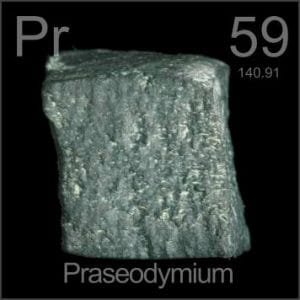
Praseodymium, symbolized as “Pr,” is a chemical element named after the Greek words ‘prasios didymos,’ meaning green twin. It was first mentioned in 1885 and observed by A. von Welsbach. Praseodymium has an atomic number of 59 and is situated in Period 6, Group 3 of the periodic table, within the f-block. Its relative atomic mass is 140.90765(2) Dalton, with the number in brackets indicating the uncertainty. Praseodymium is commonly used in various alloys, ceramics, and in the production of strong permanent magnets.
Related Product: Praseodymium Sputtering Target
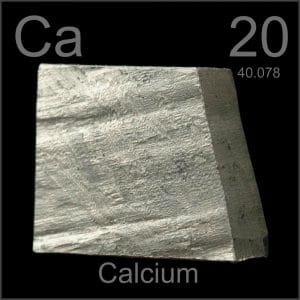 Calcium, symbolized as “Ca,” is a chemical element named after the Latin word ‘calx,’ meaning lime. It was first mentioned and observed in 1808 by H. Davy, who also accomplished its isolation. Calcium has an atomic number of 20 and is located in Period 4, Group 2 of the periodic table, within the s-block. Its relative atomic mass is 40.078(4) Dalton, with the number in brackets indicating the measurement uncertainty. Calcium is an essential element in biology, playing a key role in the structural integrity of bones and teeth, as well as in cellular signaling processes.
Calcium, symbolized as “Ca,” is a chemical element named after the Latin word ‘calx,’ meaning lime. It was first mentioned and observed in 1808 by H. Davy, who also accomplished its isolation. Calcium has an atomic number of 20 and is located in Period 4, Group 2 of the periodic table, within the s-block. Its relative atomic mass is 40.078(4) Dalton, with the number in brackets indicating the measurement uncertainty. Calcium is an essential element in biology, playing a key role in the structural integrity of bones and teeth, as well as in cellular signaling processes.
Related Product: Calcium Sputtering Target
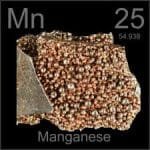 Manganese, symbolized as “Mn,” is a chemical element named either from the Latin ‘magnes,’ meaning magnet, or from ‘magnesia nigra,’ referring to black magnesium oxide. It was first mentioned in 1770 and observed by O. Bergman, with the isolation later achieved and announced by G. Gahn. Manganese has an atomic number of 25 and is located in Period 4, Group 7 of the periodic table, within the d-block. Its relative atomic mass is 54.938045(5) Dalton, with the number in brackets indicating the measurement uncertainty. Manganese is essential in steel production, improving its strength, hardness, and durability, and is also important in various chemical and biological processes.
Manganese, symbolized as “Mn,” is a chemical element named either from the Latin ‘magnes,’ meaning magnet, or from ‘magnesia nigra,’ referring to black magnesium oxide. It was first mentioned in 1770 and observed by O. Bergman, with the isolation later achieved and announced by G. Gahn. Manganese has an atomic number of 25 and is located in Period 4, Group 7 of the periodic table, within the d-block. Its relative atomic mass is 54.938045(5) Dalton, with the number in brackets indicating the measurement uncertainty. Manganese is essential in steel production, improving its strength, hardness, and durability, and is also important in various chemical and biological processes.
Related Product: Manganese Sputtering Target
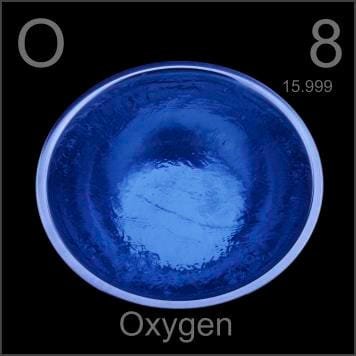 Oxygen, denoted by the chemical symbol “O,” is a chemical element named from the Greek words ‘oxy’ and ‘genes,’ meaning acid-forming. It was first mentioned and observed in 1771 by W. Scheele, who also successfully isolated it. Oxygen has an atomic number of 8 and is positioned in Period 2, Group 16 of the periodic table, within the p-block. Its relative atomic mass is 15.9994(3) Dalton, with the number in brackets indicating the measurement uncertainty. Oxygen is crucial for life on Earth, as it is a key component of the air we breathe and is involved in various biological and chemical processes, including combustion and respiration.
Oxygen, denoted by the chemical symbol “O,” is a chemical element named from the Greek words ‘oxy’ and ‘genes,’ meaning acid-forming. It was first mentioned and observed in 1771 by W. Scheele, who also successfully isolated it. Oxygen has an atomic number of 8 and is positioned in Period 2, Group 16 of the periodic table, within the p-block. Its relative atomic mass is 15.9994(3) Dalton, with the number in brackets indicating the measurement uncertainty. Oxygen is crucial for life on Earth, as it is a key component of the air we breathe and is involved in various biological and chemical processes, including combustion and respiration.
Praseodymium Calcium Manganate Sputtering Target Bonding Service
Specialized bonding services for Praseodymium Calcium Manganate Sputtering Targets, including indium and elastomeric bonding techniques, enhance performance and durability. Thin Film Materials (TFM) ensures high-quality solutions that meet industry standards and customer needs.
We also offer custom machining of backing plates, which is essential for sputtering target assembly. This comprehensive approach improves target design flexibility and performance in thin film deposition. Our channels provide detailed information about bonding materials, methods, and services, helping clients make informed decisions.

Praseodymium Calcium Manganate Sputtering Target Packaging
Our Praseodymium Calcium Manganate sputtering targets are meticulously tagged and labeled externally to ensure accurate identification and uphold stringent quality control standards. We take great care in handling and packaging these targets to prevent any damage during storage and transportation, thereby preserving the integrity and performance of the material.
Get Contact
We offer high-quality Praseodymium Calcium Manganate sputtering targets in a range of forms, purities, sizes, and prices to meet diverse application needs. Our expertise lies in producing high-purity thin film coating materials with the highest possible density and the smallest average grain sizes, ensuring superior performance in various deposition processes. Please contact us for current pricing information and to inquire about sputtering targets and other deposition materials that may not be listed in our standard inventory.


 MSDS File
MSDS File
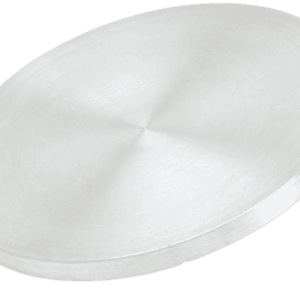

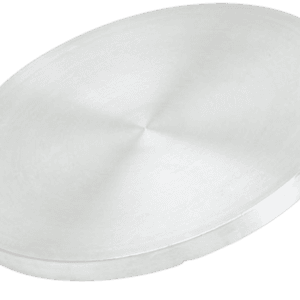
Reviews
There are no reviews yet.